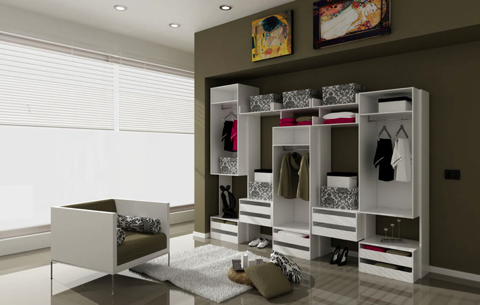ARGENTINA (Notifix).- In the last 10 years the market for melamine boards in Argentina grew by 100%, according to Sadepan Latinoamericana. Low cost, easy implementation and positive impact on the environment are some of the reasons for the phenomenon.
A decade ago Argentine consumers bought wood furniture thinking about tomorrow, as an investment.
The concept of “furniture” was associated with the exclusive use of solid wood as the raw material, considered as an element of permanence in time and for which production required intensive labor, with long delays in the delivery of final products.
Today, wood lost prominence and went on to have another place within the furniture concept as composite wood panels entered the Argentine market, securing their position and growing strong. “In Europe this concept has already been predominant for years, as design has become the guiding premise, allowing for renovation in styles at an affordable cost,” said Horacio Kern, CEO of Sadepan Latinoamericana, a company of the Italian Mauro Saviola Group. Particleboard offers various alternatives that simplify aspects, such as the possibility of modulation, large variations of texture, colors and patterns on the finished panel, making quick and frequent renewal of furniture a possibility for its affordability, and offering the possibility of direct marketing to the final consumer, among others.
Karin Dolinka, architect of Sadepan Latinoamericana added, “melamine allows for much more freedom when it comes to design, color matching, adapting to every environment and its specific use.”
More importantly, the positive impact of particleboard on the environment has not gone unnoticed by consumers. As it is produced from planned forests, ensuring sustainability in the use and recovery of this natural resource. Notably melamine particleboard produced by Sadepan Latinoamericana is composed by 80% of waste from sawmills, sawdust and shavings that the company reuses as raw materials, this prevents wood burning and deforestation resulting in environmental preservation. The 20% remaining material comes from planned forests. In this sense, Horacio Kern remarked, “Wood is recovered through a mechanical process, recognized as the best end of life scenario for wood waste, although we prefer to define it as a new life.”



0 Comments